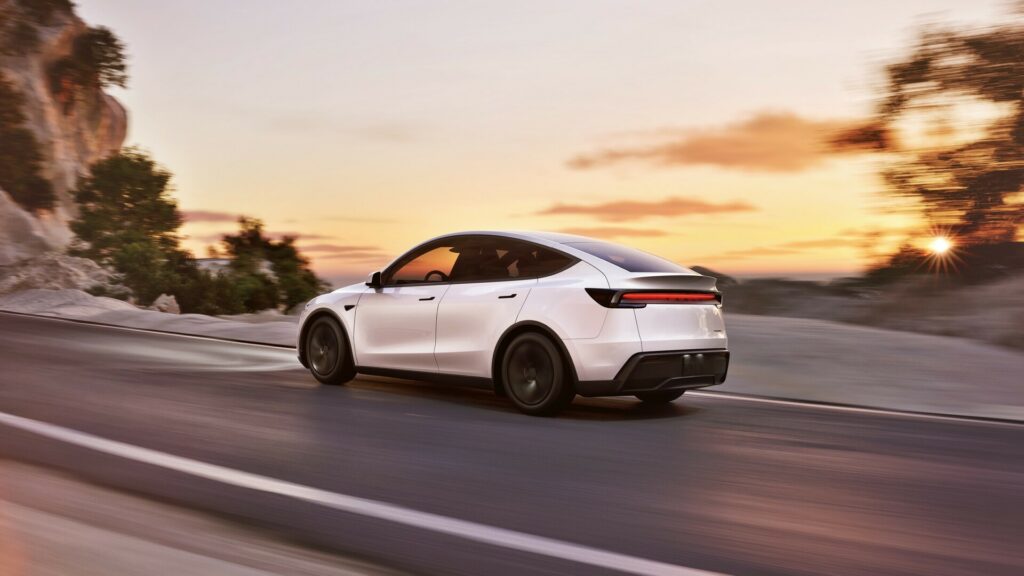Audi’s China-Only EV Deserves An RS Treatment
- Renderings reimagine Audi’s E5 Sportback as a high-performance EV.
- Digital artist crafted a widebody E5 with flared arches and details.
- Concept showcases Audi’s sharper, more daring Chinese-market design.
Some of Audi’s recent designs have sparked a bit of a debate, with a few clear wins and a few that miss by a mile. The new A6 Avant, for instance, looks handsome and well-proportioned, while the Q4 e-tron feels like it was designed by committee after the coffee ran out.
Read: Of Course, The New AUDI E5 EV Is Ridiculously Cheap In China
That’s why it might be worth Audi’s European design team taking a closer look at what their counterparts in China have accomplished with the all-electric E5 Sportback. The model shows how Ingolstadt could refresh its global EV aesthetics, blending familiar Audi precision with an edgier presence.
Every version of the E5 Sportback shares the same overall silhouette, but with the right enhancements, there’s plenty of room for visual drama.
Sugar Design/Instagram
These renderings from Sugar Design depict it in widebody guise inspired by the RS6 Avant and it looks absolutely brilliant. Who said EVs need to look bland and boring?
Immediately, the E5 looks a lot more menacing with the blacked-out front fascia, which is ordinarily painted to match the rest of the body on the standard model. By adding black color, the intricate LEDs running around the fascia are more visible.
Additionally, lowering the car and installing a sharp new splitter makes the car look a whole lot more aggressive. The RS badge is a nice touch, too.
Sugar Design/Instagram
Just like a proper RS model, the E5 Sportback has also been imagined with flared wheel arches at the front and rear. It also sits on oversized wheels and, as with the standard model, has a contrasting gloss-black roof.
Completing the stylistic changes is a new blacked-out rear fascia that, like the front, has a transformative effect on the car’s overall design.
For now, we’re not getting our hopes up that Audi will bring some of the E5’s key design elements into global markets. Still, considering how quickly the model has gained traction there, borrowing a few of its visual ideas might not be such a bad move for the global lineup.
























